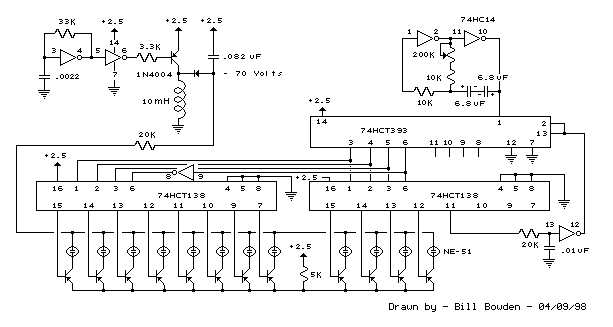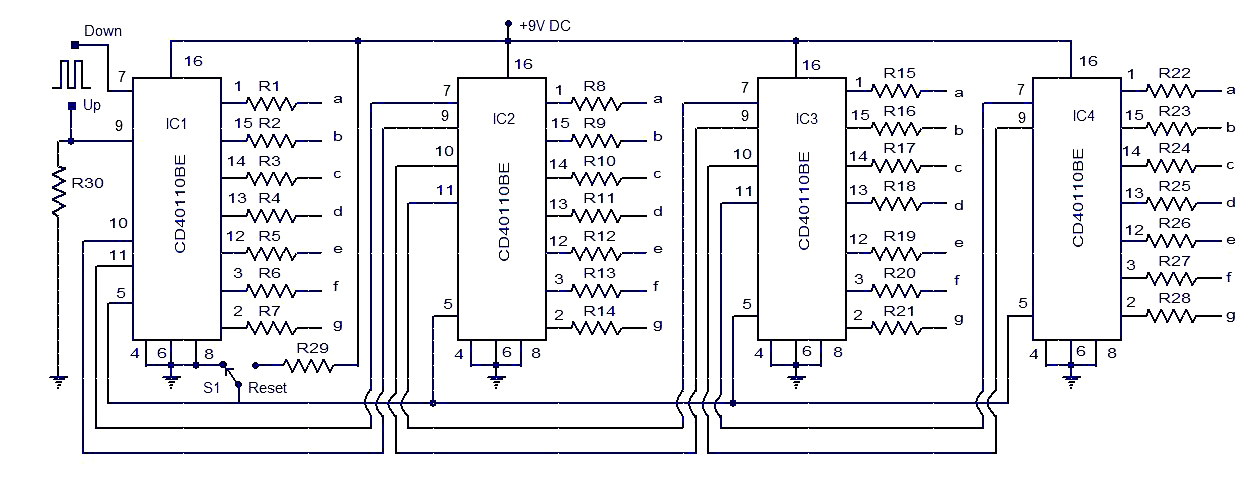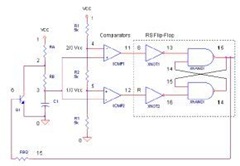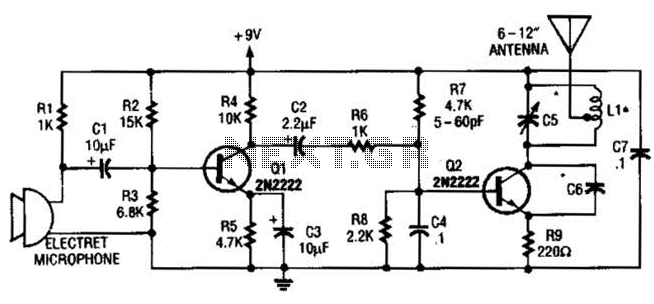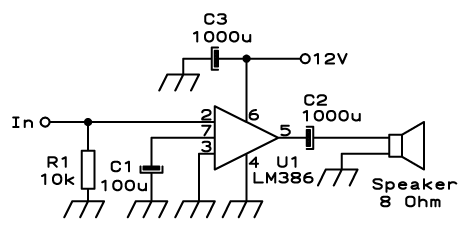
Remote Infrared Switch Circuit
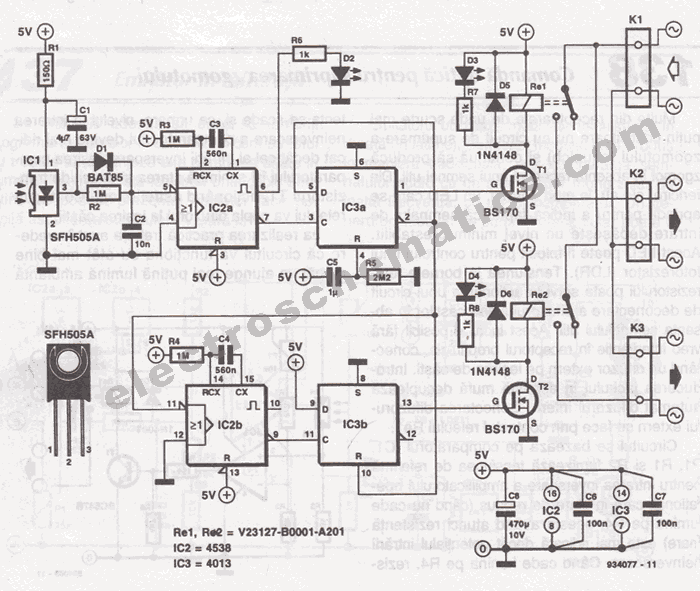
The SFH505A, manufactured by Siemens, integrates an infrared diode receiver, amplifier, demodulator, and a band-pass filter to minimize interferences. This circuit operates effectively in various applications.
The SFH505A is a versatile optical receiver module designed for infrared communication systems. It is particularly suited for remote control applications, data transmission, and other infrared signal processing tasks. The integrated infrared diode receiver captures incoming modulated infrared signals, which are then amplified for better signal strength.
The demodulator within the SFH505A extracts the original data signal from the modulated carrier wave, ensuring accurate reproduction of the transmitted information. The band-pass filter is crucial in this design as it selectively allows certain frequency ranges to pass while attenuating unwanted noise and interference, resulting in a cleaner and more reliable output signal.
The module typically operates in the wavelength range of 850 nm to 950 nm, making it compatible with standard infrared LED transmitters. The output of the SFH505A is a digital signal that can be easily interfaced with microcontrollers or other digital processing units.
In terms of power supply, the SFH505A requires a voltage range that is typically specified in the datasheet, ensuring that it operates efficiently without overheating or compromising performance. The compact design of the SFH505A allows for easy integration into various electronic systems, making it an ideal choice for both hobbyist and professional applications.
Overall, the SFH505A provides a reliable solution for infrared communication, combining multiple functionalities into a single module, thereby simplifying circuit design and enhancing performance in various electronic devices.SFH505A made by Siemens combine infrared diode receiver, amplifier, demodulator and a filter band pass for minimizing interferences. This circuit works tog.. 🔗 External reference
The SFH505A is a versatile optical receiver module designed for infrared communication systems. It is particularly suited for remote control applications, data transmission, and other infrared signal processing tasks. The integrated infrared diode receiver captures incoming modulated infrared signals, which are then amplified for better signal strength.
The demodulator within the SFH505A extracts the original data signal from the modulated carrier wave, ensuring accurate reproduction of the transmitted information. The band-pass filter is crucial in this design as it selectively allows certain frequency ranges to pass while attenuating unwanted noise and interference, resulting in a cleaner and more reliable output signal.
The module typically operates in the wavelength range of 850 nm to 950 nm, making it compatible with standard infrared LED transmitters. The output of the SFH505A is a digital signal that can be easily interfaced with microcontrollers or other digital processing units.
In terms of power supply, the SFH505A requires a voltage range that is typically specified in the datasheet, ensuring that it operates efficiently without overheating or compromising performance. The compact design of the SFH505A allows for easy integration into various electronic systems, making it an ideal choice for both hobbyist and professional applications.
Overall, the SFH505A provides a reliable solution for infrared communication, combining multiple functionalities into a single module, thereby simplifying circuit design and enhancing performance in various electronic devices.SFH505A made by Siemens combine infrared diode receiver, amplifier, demodulator and a filter band pass for minimizing interferences. This circuit works tog.. 🔗 External reference
